AI is Here. Nature Will Remedy its Effect on the Next Generation
Today's children will grow up with artificial intelligence as a fact of life. Fostering deep connection to community & the outdoors can help them navigate this new world.
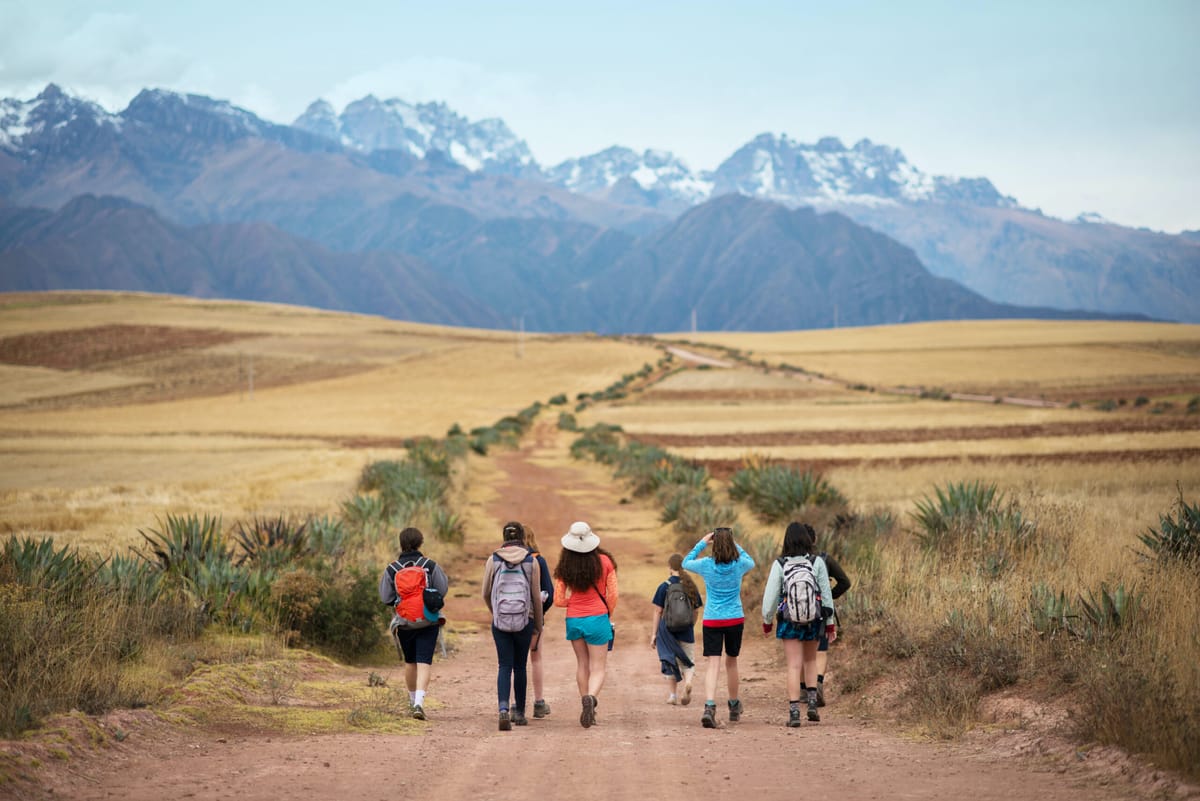
We’ve all seen what today’s artificial intelligence (AI) can do. There are bots that can write essays and computer code, paint pictures and craft songs, discuss philosophy and politics, tell stories and jokes. In recent months, this technology has become widely available and free-to-use, with the launch of tools like ChatGPT, Bard, Jasper, and Midjourney. No longer is advanced artificial intelligence locked behind a hefty price tag, nor does using it require any skill or technological know-how.
Anyone with access to the internet can go online, make a free account, and have the power of modern AI at their fingertips.
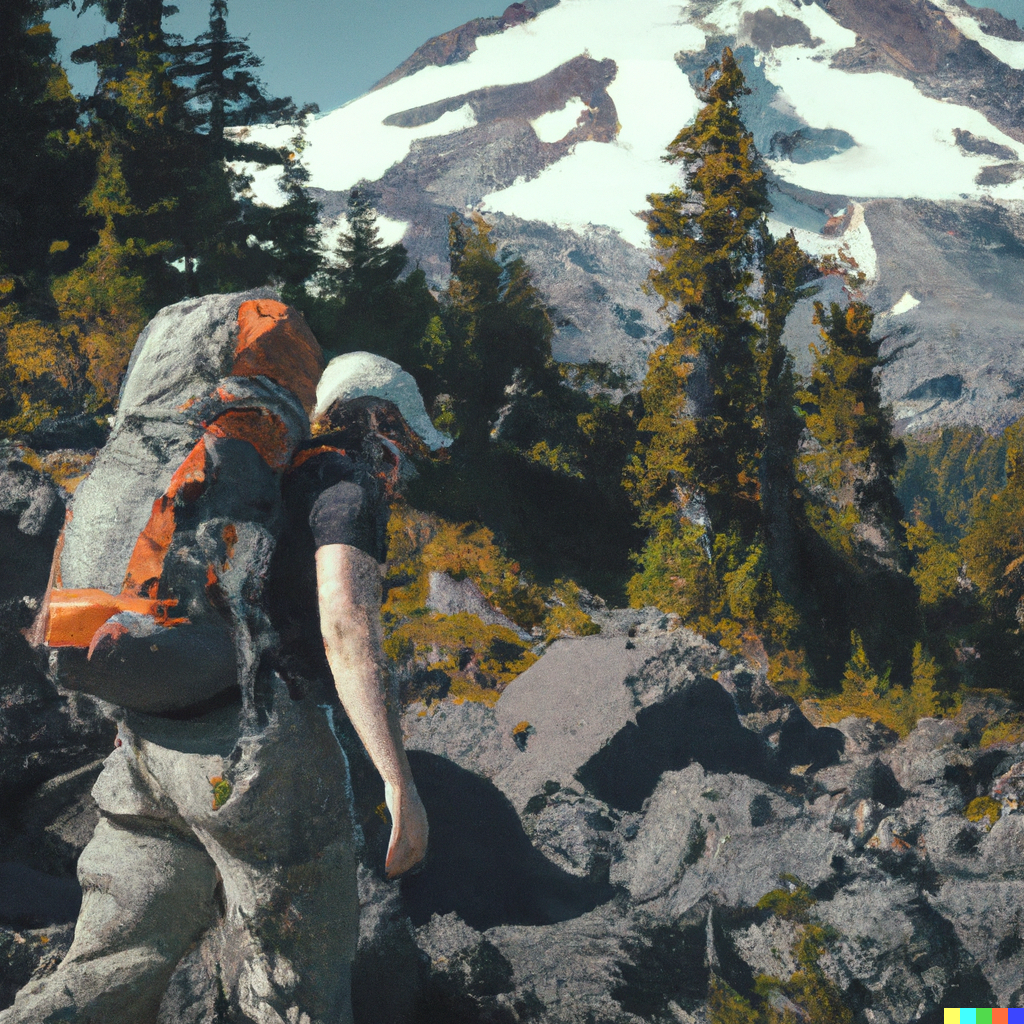
As a writer, this has all made me a bit depressed. I felt a pang of inadequacy when I asked ChatGPT to write an article about the basics of backcountry camping… because it did a halfway decent job. Nowhere close to me at my best, but probably better than me at my worst. It drummed up a perfectly passable article in less than a minute, with perfect spelling and grammar to boot. I can’t imagine what it’s like in schools today, when you can use a free online AI chatbot and have a C+ essay written for you in mere minutes, free of charge.
There are currently tools that can detect AI writing, and perhaps many schools will be able to implement some form of safeguard against this, in the same way plagiarism tools detected writing copy-pasted off of Wikipedia back when I was in school. But regardless, synthesizing myriad pieces of information is a process that no longer requires the human mind. It can be done by AI.
It stands to reason that having these capabilities may stunt the creativity and curiosity of developing brains.
This level of free-to-use, easily accessible AI has only recently become commonplace, so it remains to be seen how everything will play out. It’s also a complex question because there is no fixed point to measure from. AI technology is rapidly advancing, with new bots and tools released each week, along with updates to existing technology. The AI chatbots of 2030 could make ChatGPT look like an abacus.
But like it or not, AI is here to stay. Unless you plan to raise your children entirely off-grid à la Captain Fantastic, they’ll have to learn to live (and make a living) in a world where AI is commonplace.
How can we help prepare them? Learning to connect to the natural world may help.
Time Away from Tech
The simplest, and most direct approach is to simply unplug.
The simplest, and most direct approach is to simply unplug. Sure, this isn’t exactly a leap, but many youth organizations—like VISIONS Service Adventures—find that the benefits of mere a few weeks tech-free are far-reaching. VISIONS programs take teens to serve in communities across the globe, with a mission statement “to live in harmony with ourselves, each other, and the natural world.” Their programs focus on several concepts, including meaningful service, leadership, environmental sustainability, and fostering deep connections to people & place. But going completely tech-free is a large part of the experience as well.
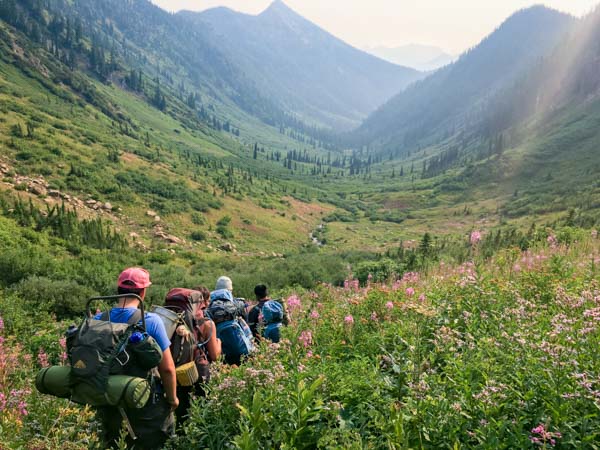
That’s a good thing, because screen time is a real problem, perhaps more than some people realize. A study published on Statista last year found that the average American female 13-18 years old had eight hours of daily screen time. Males were even higher, with an average of nine hours. That already sounds like a heinous amount of time to spend staring at a screen. But this study was only accounting for “entertainment” screen time. It didn’t include the hours spent on the laptops and iPads used in schools.
Aside from the physical deficits (eyesight!) that can come from staring at screens all day, there are also serious psychological deficits.
A 2014 study in the British Journal of General Practice highlighted research linking excessive screen time to a wide range of negative psychological outcomes, including sleep disorders, attention problems, poor academic performance, and social difficulties.
This spans all ages, but the effects are even more detrimental for young people. A 2018 study from San Diego State and the University of Georgia found that teens who spent more time on electronic devices were more likely to report symptoms of depression and suicidal ideation. Others found that excessive screen time in very early childhood is linked to deficits in attention control, working memory, and inhibitory control.
But the good news is that a reduction in technology and screen time doesn’t just have a temporary impact. It can help young people form lifelong positive habits. “In addition to creating a higher quality experience during the program itself, we’ve found that the screen time hiatus ends up being a habit that has some staying power once home,” VISIONS wrote in a recent blog on the subject.
“Our shift in perspective, as beings, has gone from orientation to the natural world to orientation to a technology-based world,” said VISIONS director Katherine Dayton. “The implications are beyond imagination. [With an increasing reliance on tech] social critics, educators, psychologists, and parents have started to pinpoint a deterioration of grit and resilience in the lives of young people … [and these are] two qualities crucial to establishing a solid balance and understanding one’s potential in this world.”
In years past, it might be relatively simple to only allow your kids an hour of screen time each day. You’d just unplug the TV or computer, or maybe take their GameBoy. The outdoors didn’t need to factor in. But in a world where screens are as integral to education as pen and paper, a tech-free life isn’t the easiest policy to uphold. Tech is everywhere. Kids need a laptop to do homework. A smartphone to scan the QR code to order at a restaurant. A WiFi connection and webcam to join school Zoom calls.
So perhaps the easiest way to put young people in scenarios where unplugging becomes a habit is spending time outside, in nature, where WiFi and phone chargers and screens have no place.
Nature as an Antidote
Nature can also catalyze creative thinking
The benefits of the outdoors go further than merely serving as a refuge from technology. Nature can also catalyze creative thinking. A 2012 study conducted by University of Utah psychologists found that backpackers who spent four days in nature without electronic devices scored 50% higher on a creativity test than those who spent the same amount of time in a city setting. Similarly, a 2008 study published in the Journal of Environmental Psychology found that individuals who took a walk in nature generated more creative ideas than those who walked in an urban environment.
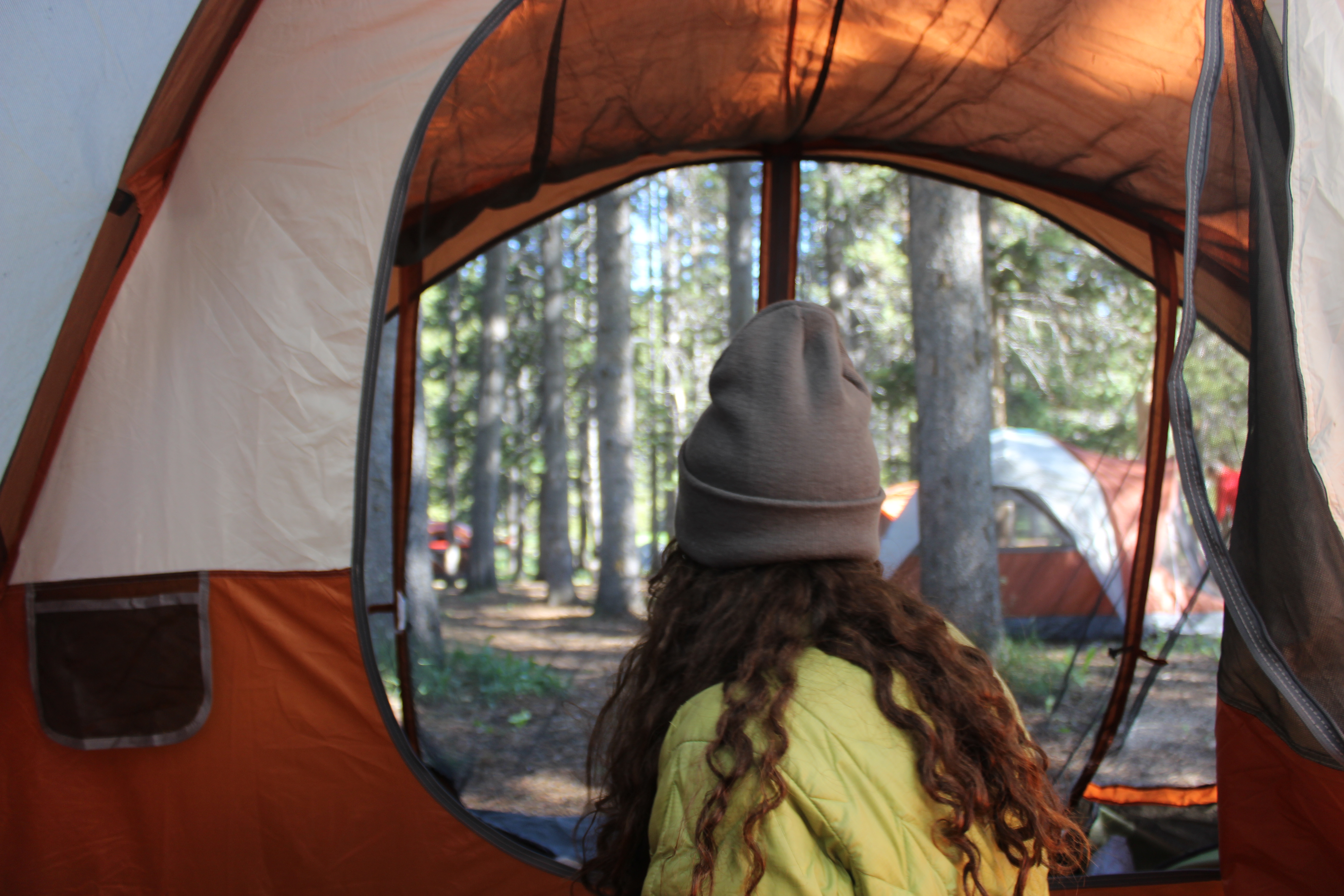
Structured youth programs designed to foster connection with the natural world, like VISIONS, can provide a way for young people to connect with nature not merely through hiking, camping, snorkeling, and other general outdoor experiences, but through serving the land and the plants, animals, and people living on it.
Participants in the Montana Blackfeet program put up fencing for the increasing bison range of the Blackfeet Nation. In the high Andes of Peru, they help construct irrigation systems to alleviate the pressures of decreasing glacial mass (and subsequent drought) for rural communities.
VISIONS isn’t the only program of its kind, of course. Apogee Adventures, Global Works, and Where There Be Dragons are just a few of the other similar groups out there, not to mention well-known youth initiatives like NOLS and Outward Bound.
Experiences like these don’t just keep kids' phones out of their hands and help them build the grit and resilience Dayton mentioned above. They also serve to remind young people of our species’ inherent connection to the natural world. They serve as a stark reminder that the water we drink, the food we eat, the fabrics we wear—even the resources used to create the technological devices we use every day—all comes from the earth.
What Does AI Have to Say?
AI actually agrees with all the points I’m making in this article
Ultimately, artificial intelligence like ChatGPT—at least currently—is simply a tool that contains an amalgam of existing human knowledge. It doesn’t develop its own ideas or have opinions. In the words of ChatGPT, “I analyze the text you input using various language models and algorithms to identify the context, intent, and sentiment behind your message. Once I understand what you're trying to say, I generate a response using pre-written templates or by composing a new sentence based on the information I have learned.”
So given that ChatGPT and other AI language models are simply funnels of existing human thought, it’s perhaps not surprising that the AI actually agrees with all the points I’m making in this article.
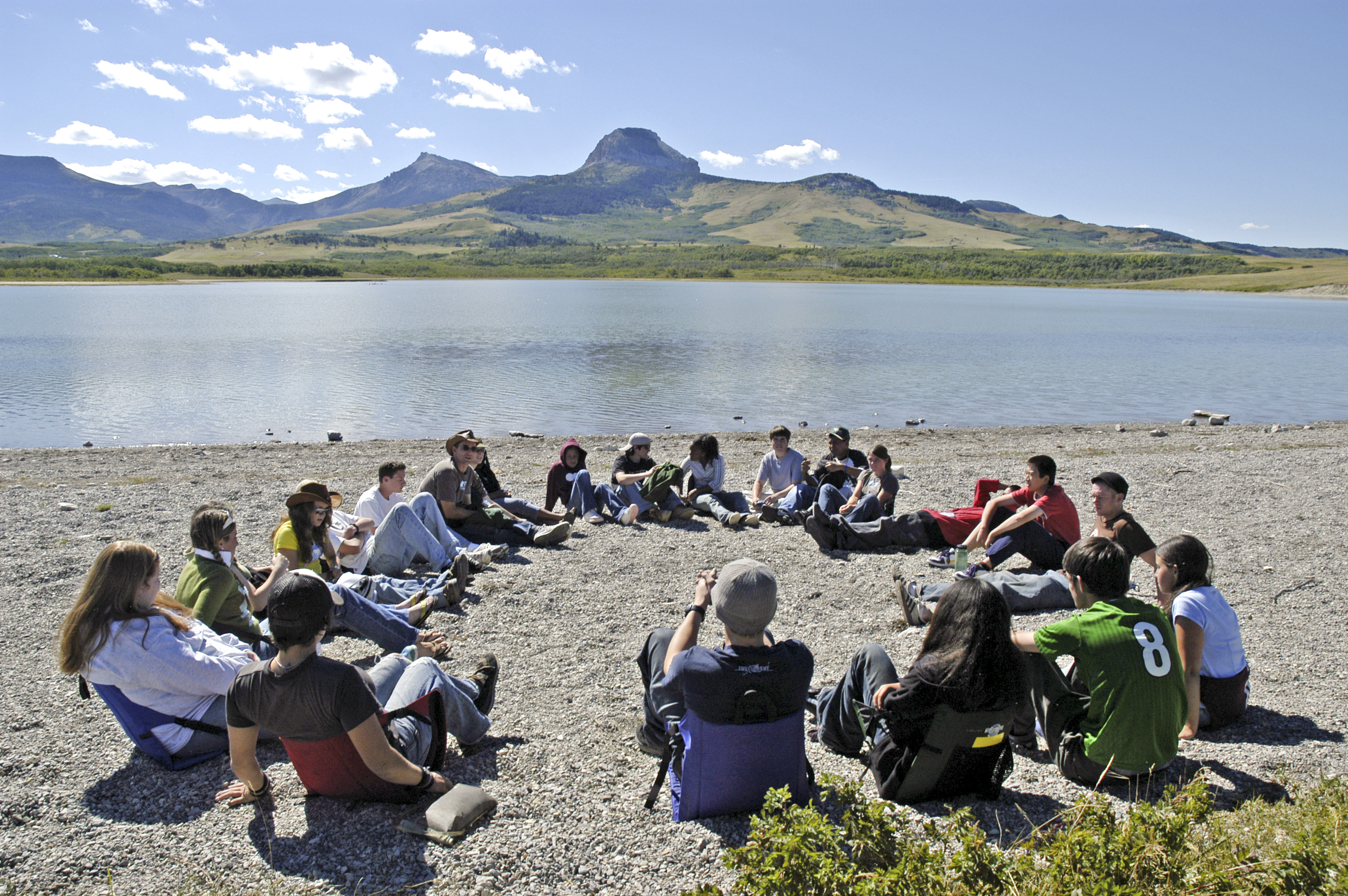
I asked ChatGPT, “In what ways will the creativity of tomorrow's youth be affected by AI chatbots like yourself?”
Its main opinion was that “[it] can play a role in inspiring the creativity of tomorrow's youth … [via providing] access to vast amounts of information and resources that can help young people develop their creative skills [as well as] personalized feedback and suggestions.” But it admitted “there is a concern that AI chatbots like me may stifle creativity by providing too much structure and guidance.”
“To counter this,” said ChatGPT, “I believe that it is essential for young people to engage in open-ended and unstructured activities that encourage creativity. They should have access to a variety of experiences and opportunities that allow them to explore their interests and develop their own unique ideas, and spending time in nature is a great example.”
“Research has shown that being in nature can have a positive impact on our mood, cognitive function, and creativity. It can reduce stress and anxiety, clearing the mind and making it easier to think. Additionally, being in natural environments can stimulate the imagination, inspiring new ideas. Studies have also shown that exposure to nature can increase attention and cognitive function, leading to better problem-solving and creativity.”
Most of the above is fairly inane drivel, characteristic of the current generation of AI language models. But it’s telling—and perhaps comforting—that the AI acknowledges itself as part of the problem, because artificial intelligence is here to stay. But if we want the human mind to stay along with it, we’d do well to get our kids outside in nature, connected to the land. We’d do well to teach them to work hard, to get dirty, and to rely—first and foremost—on their bodies and minds, not the crutch of artificial intelligence.
Ultimately, the children of tomorrow will have to learn to live and work with artificial intelligence or resign themselves to an off-grid lifestyle. But it’s pretty hard to effect change in the world from under a rock.


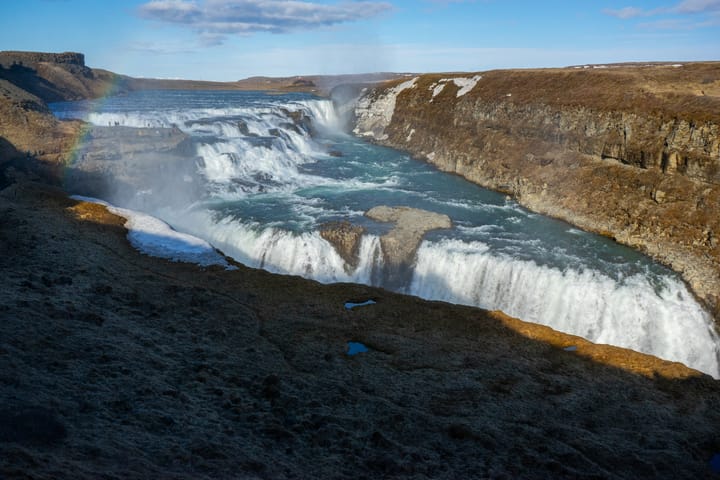
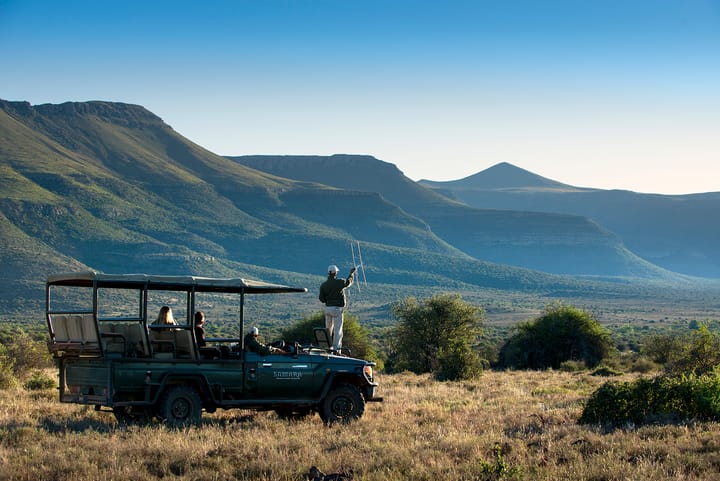

Comments ()